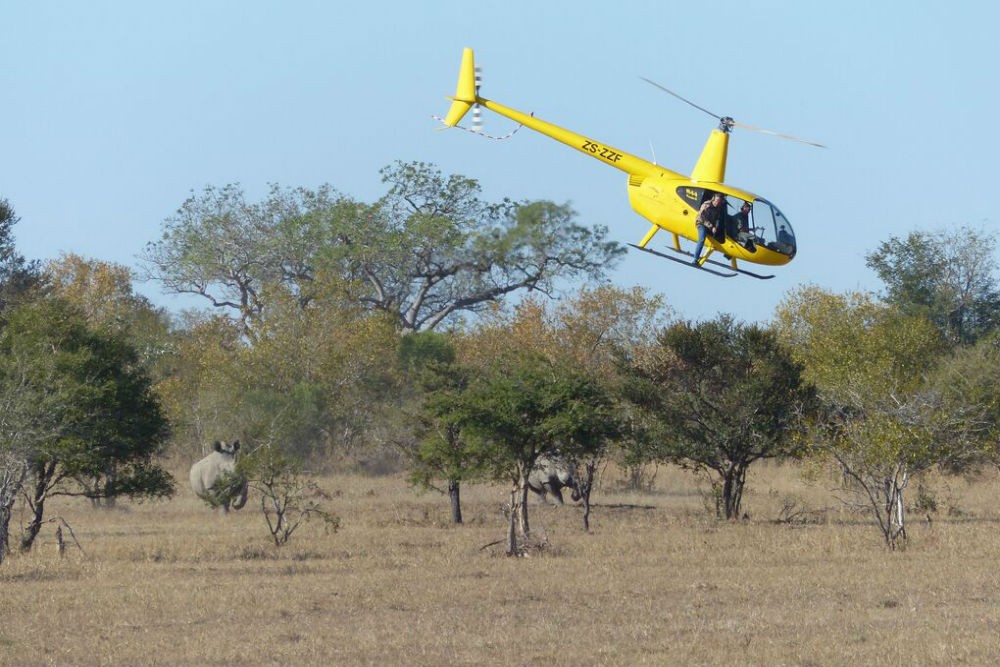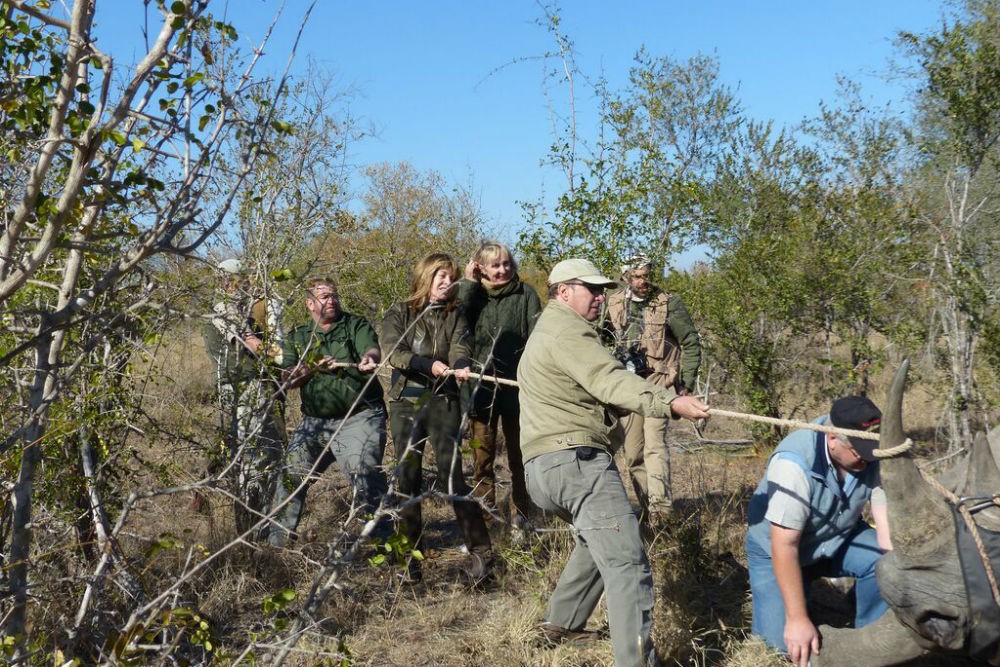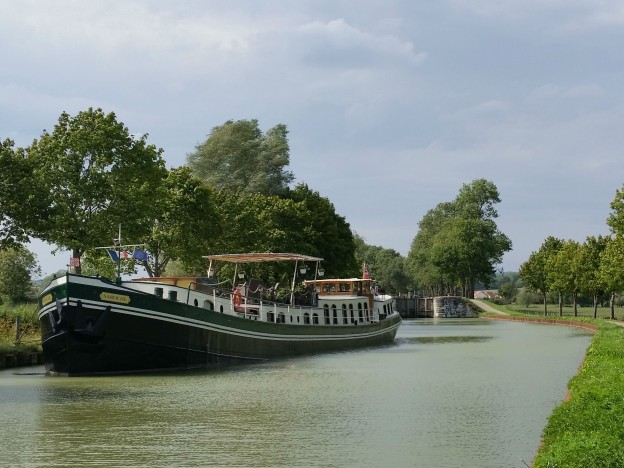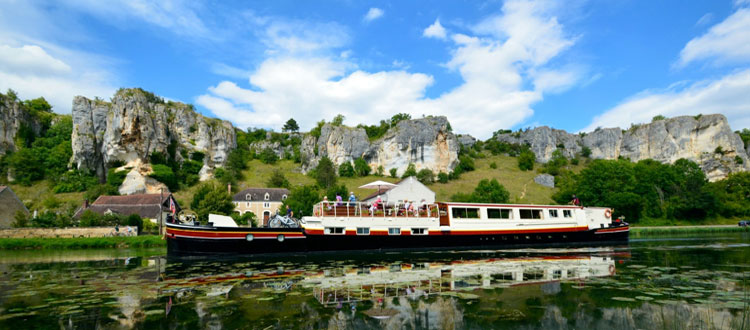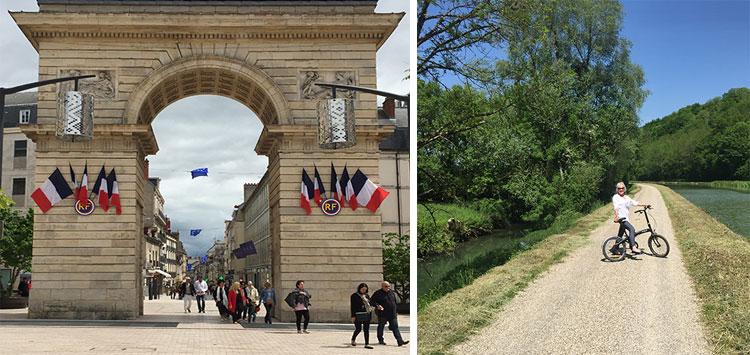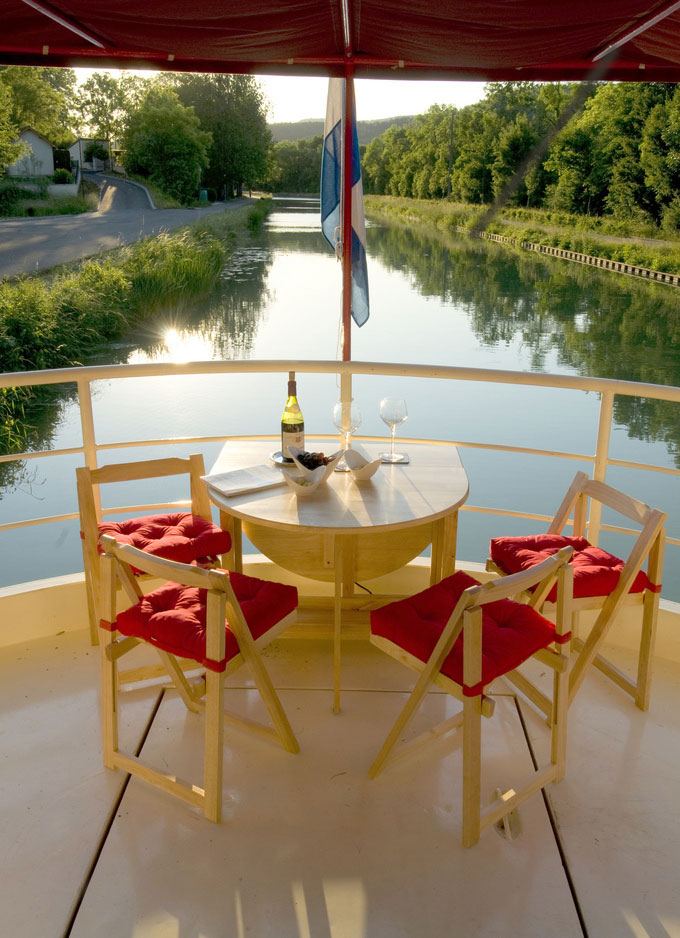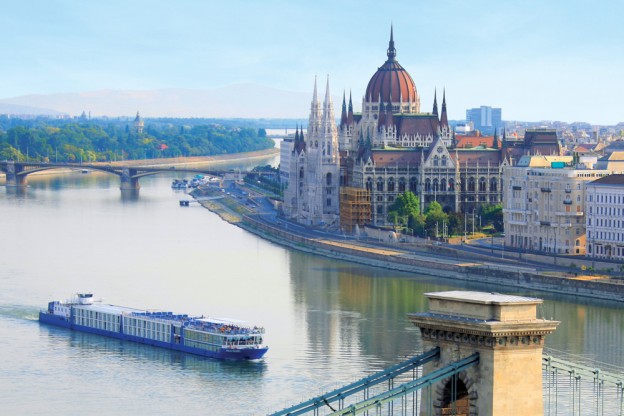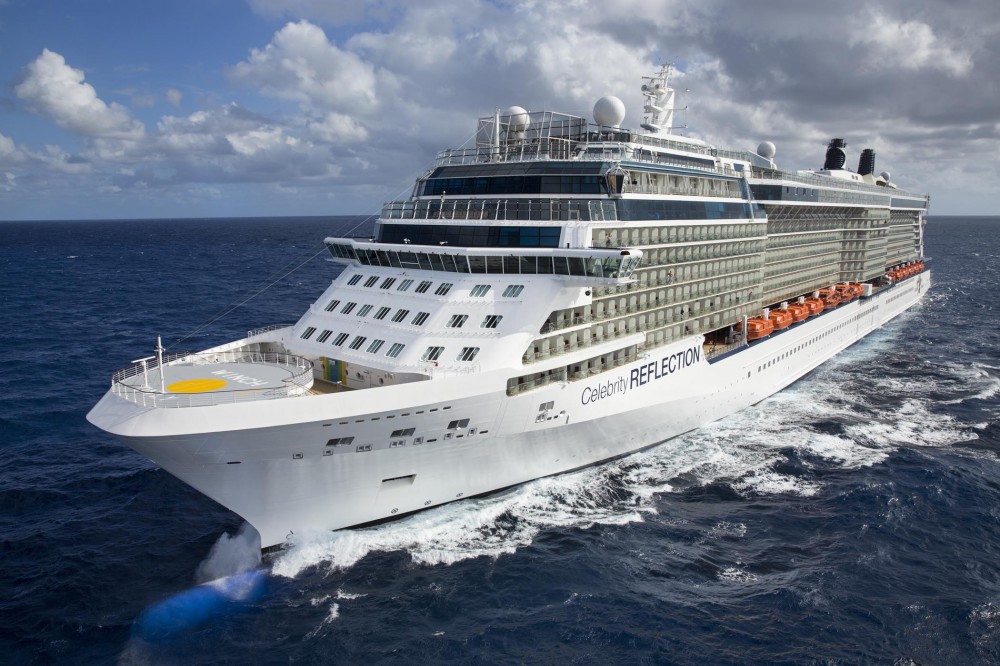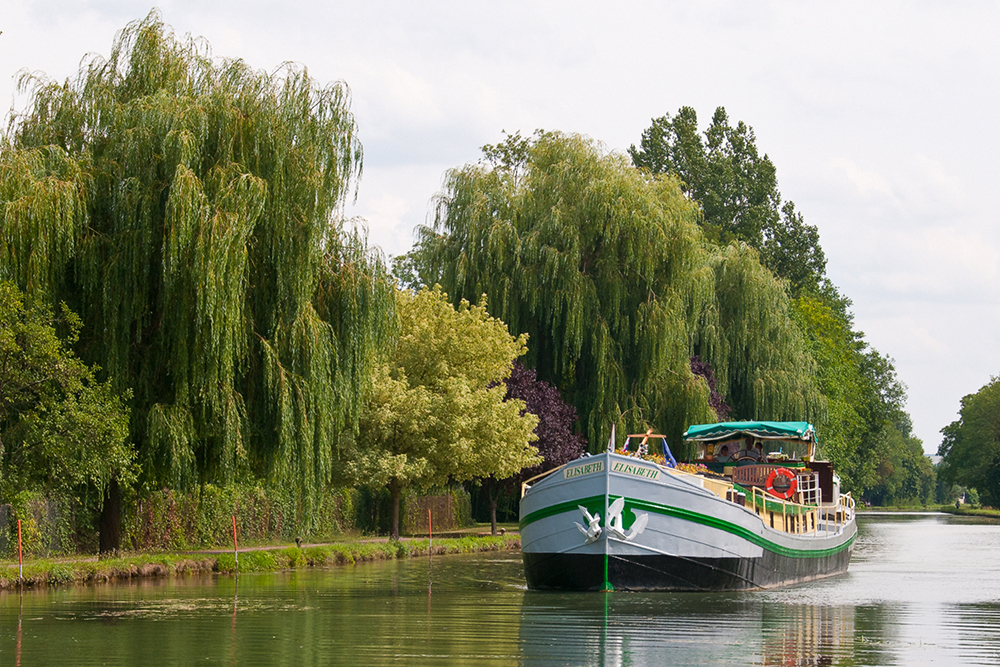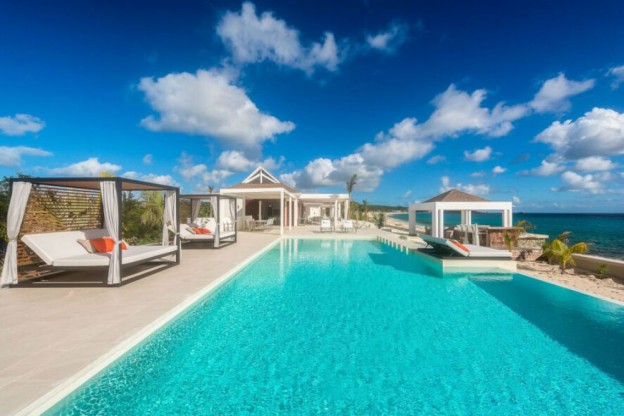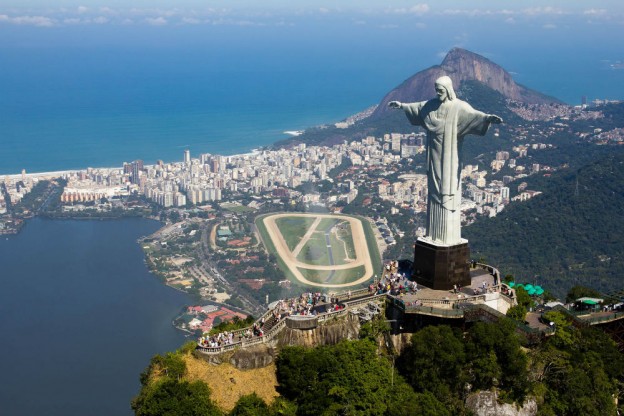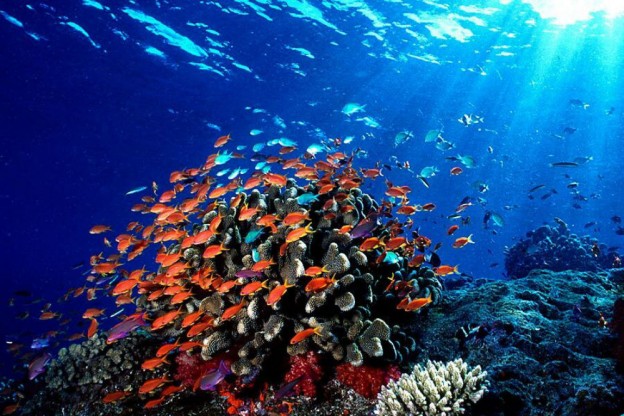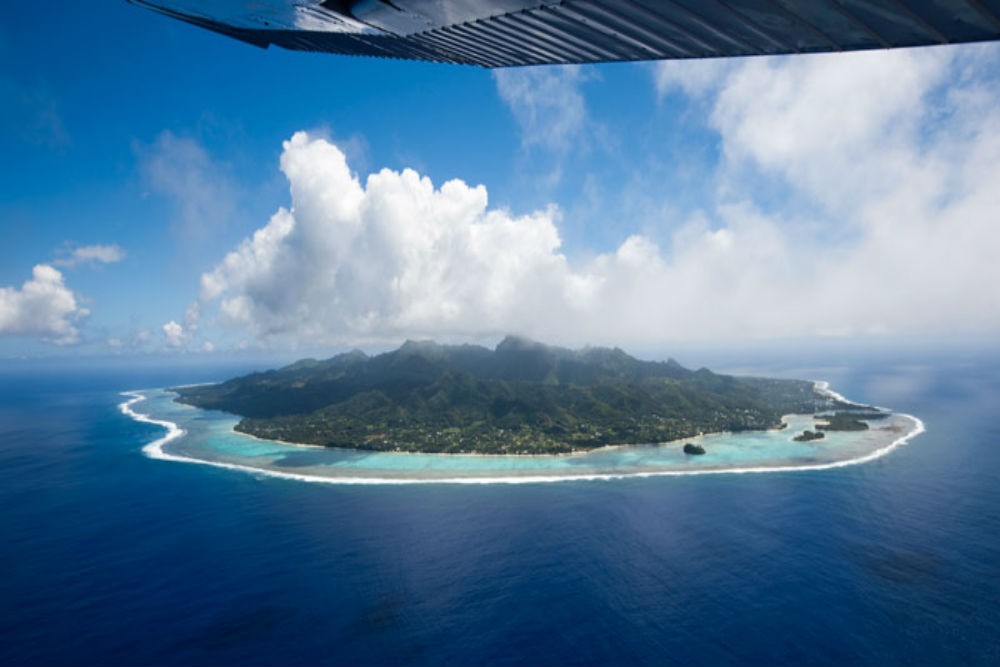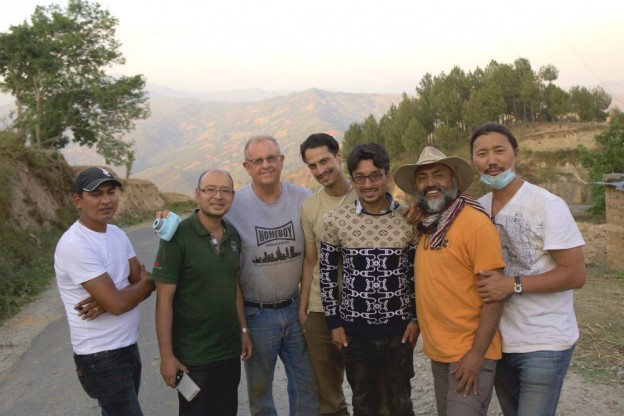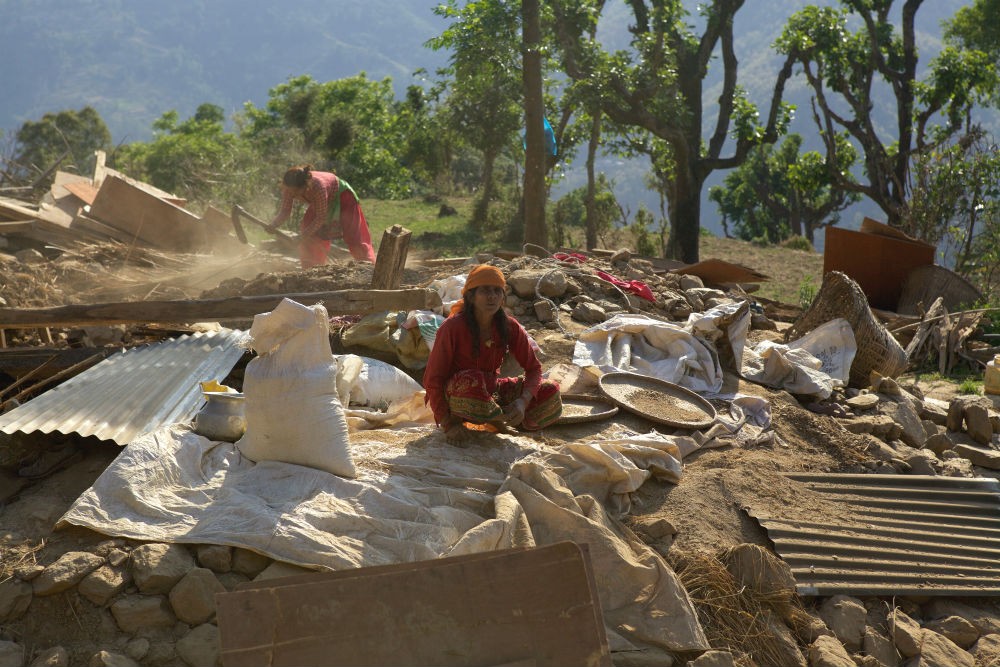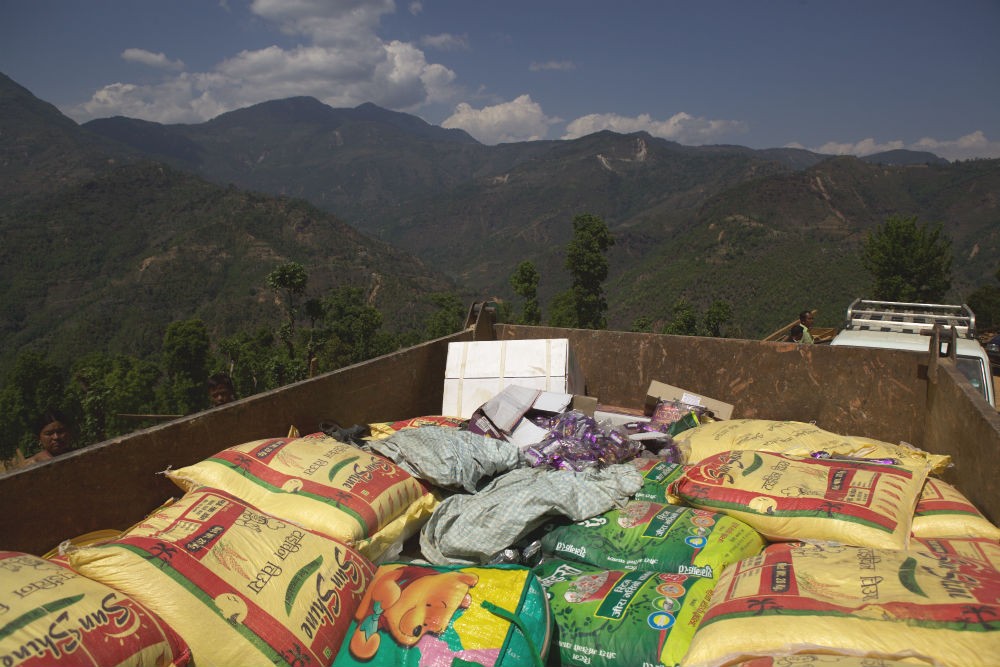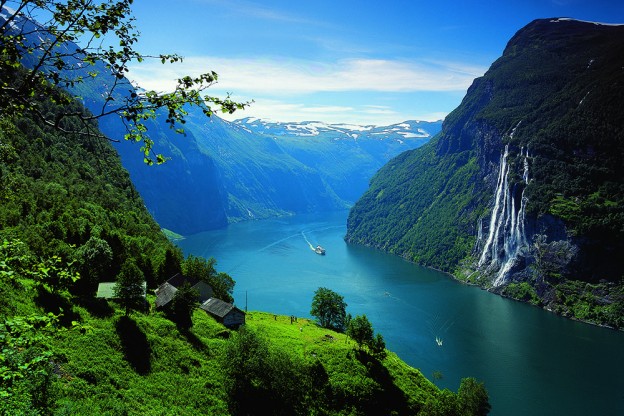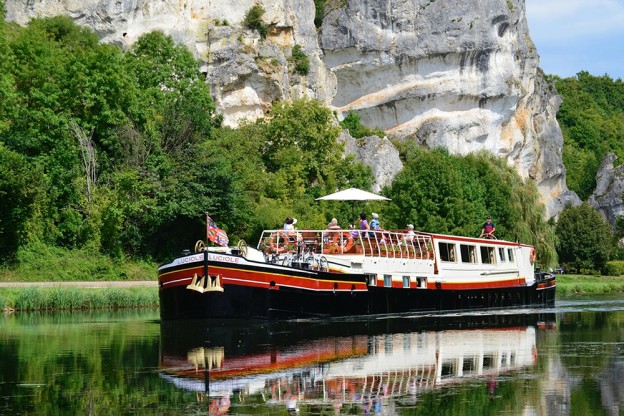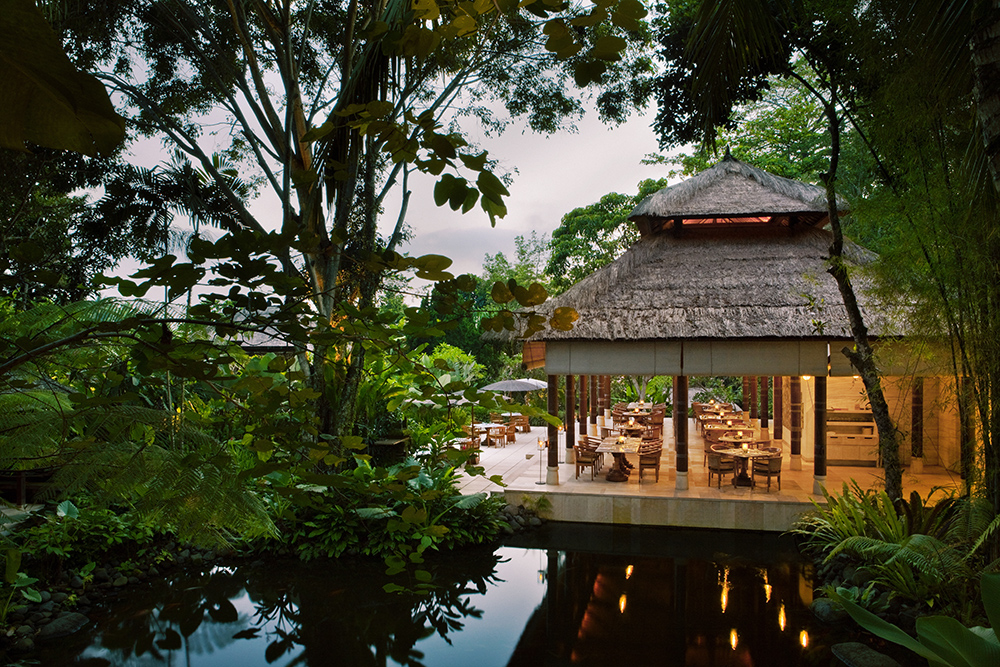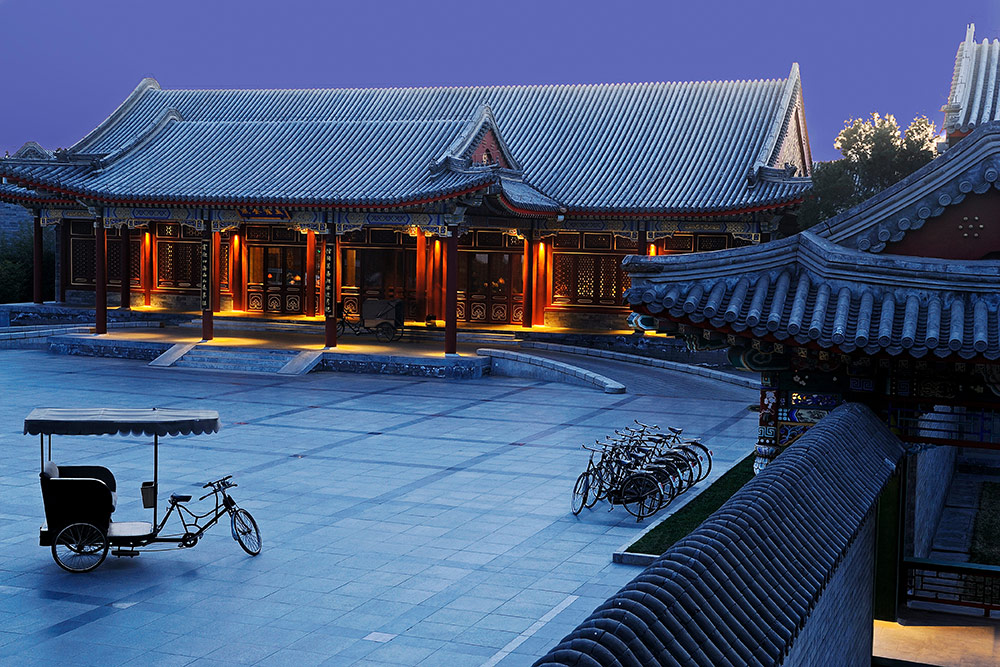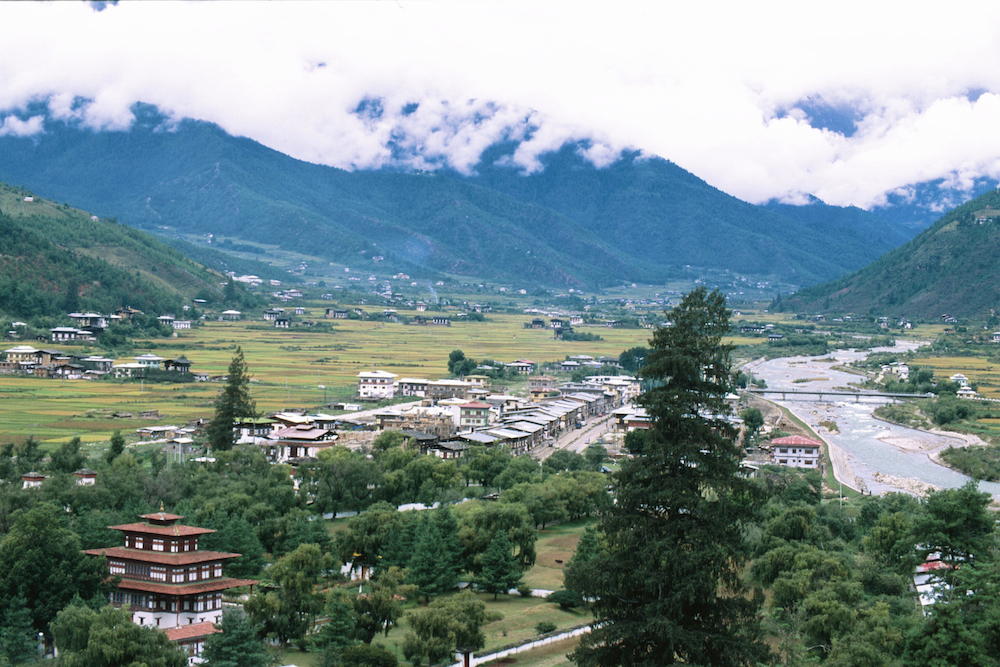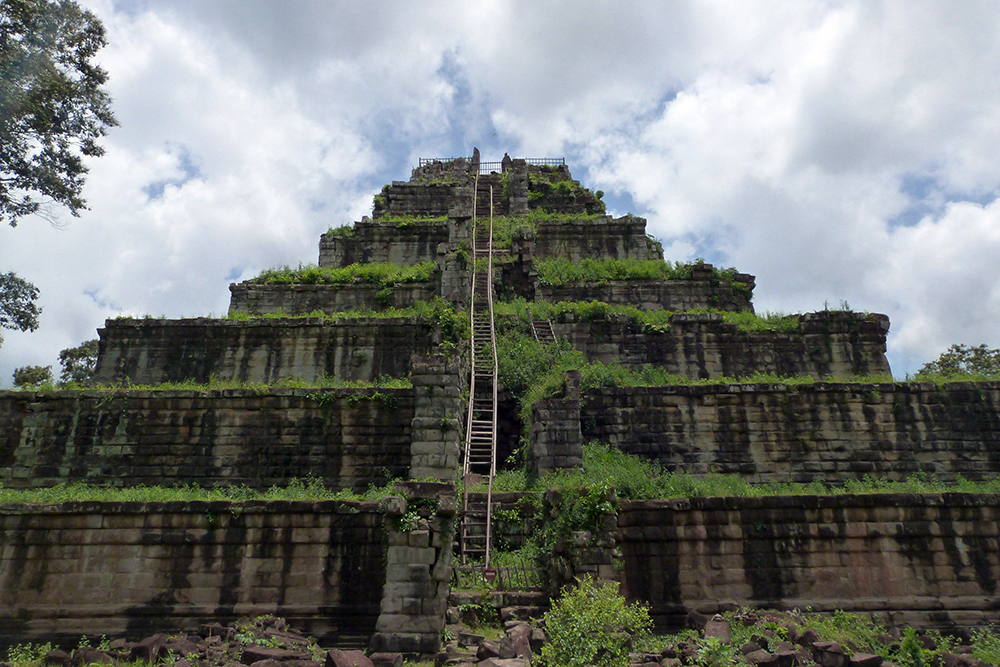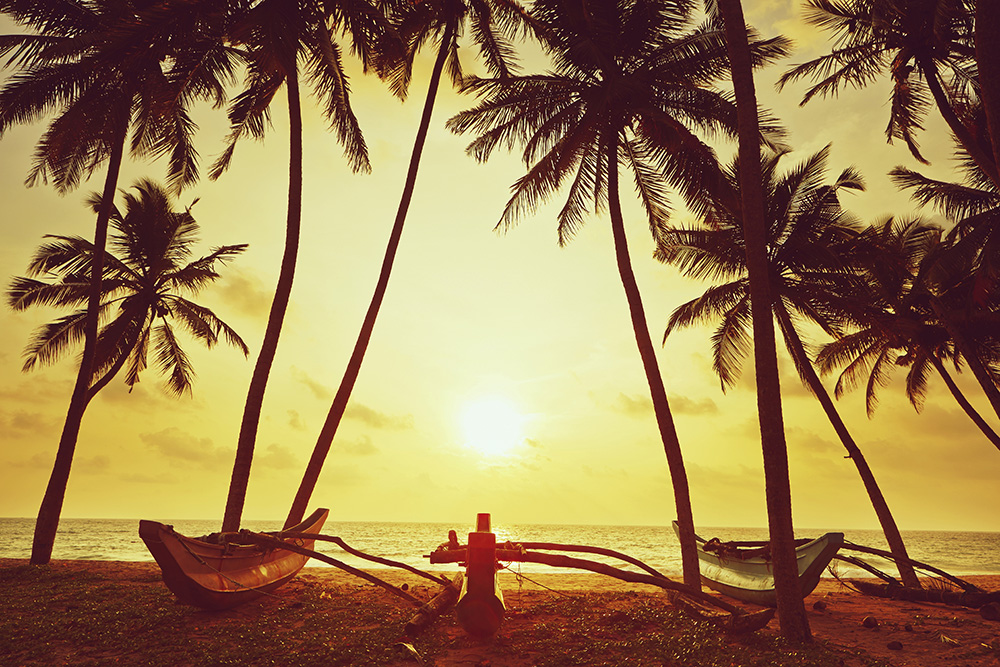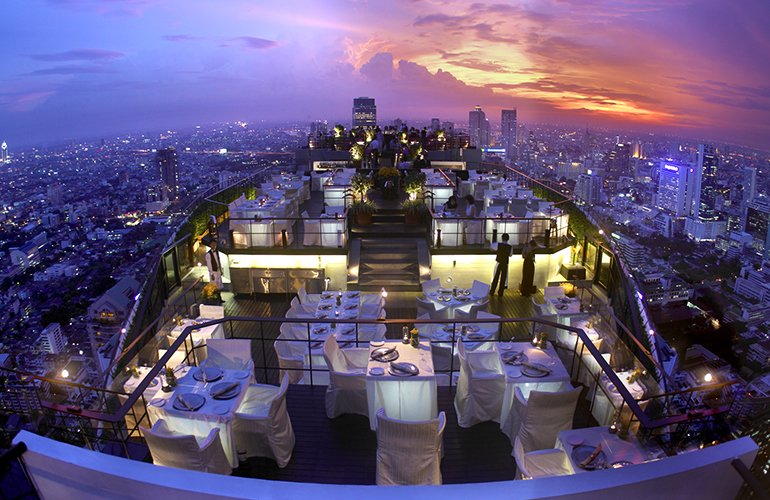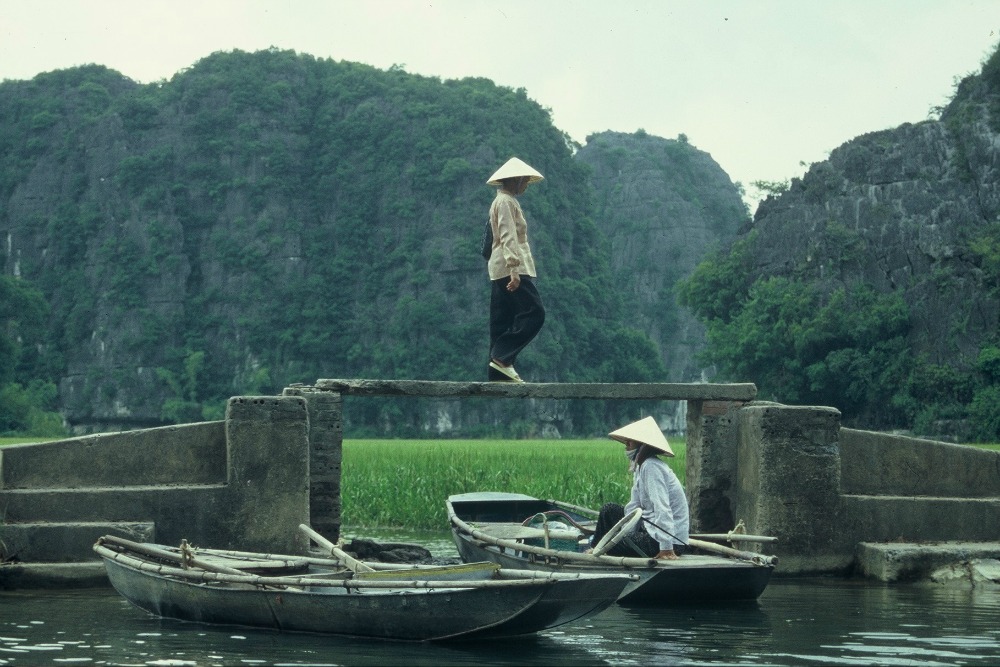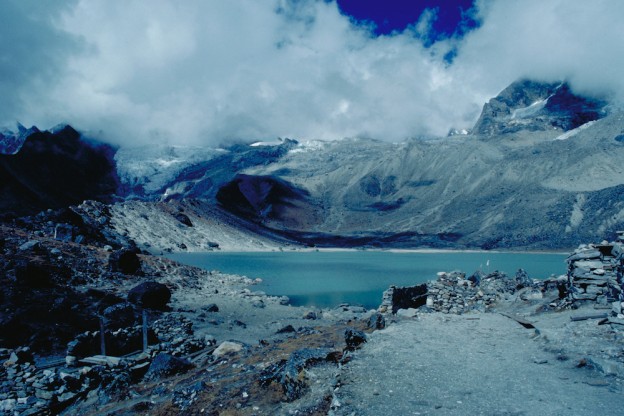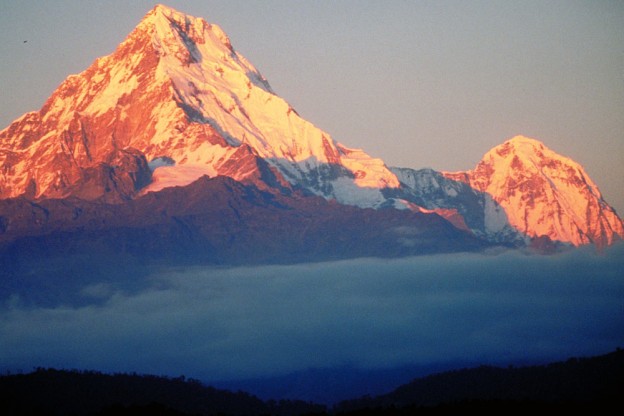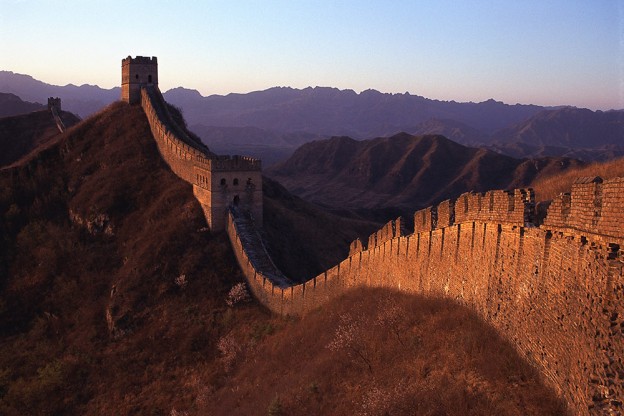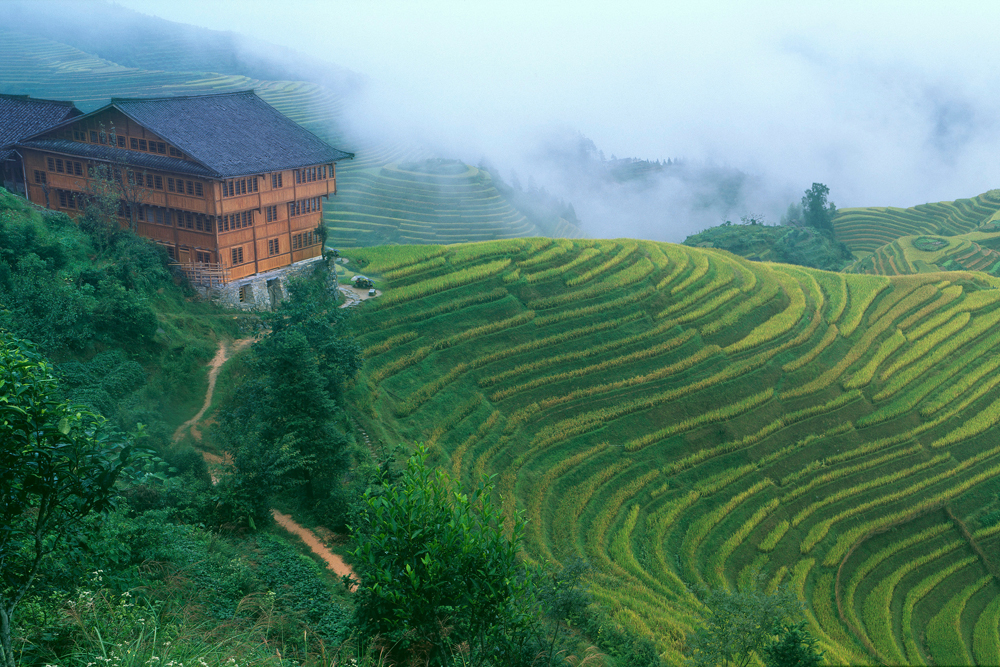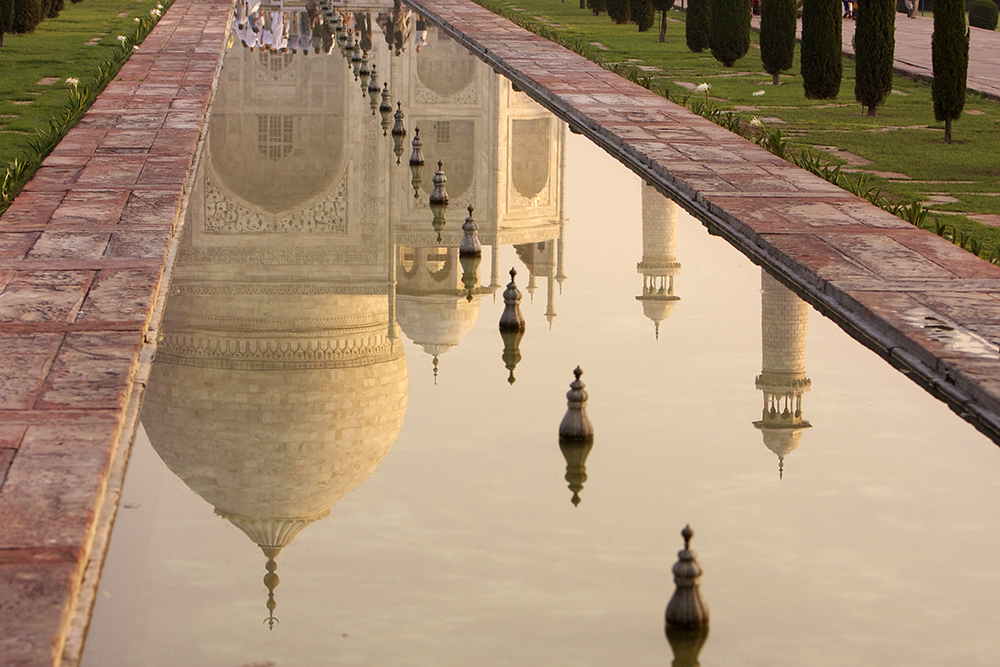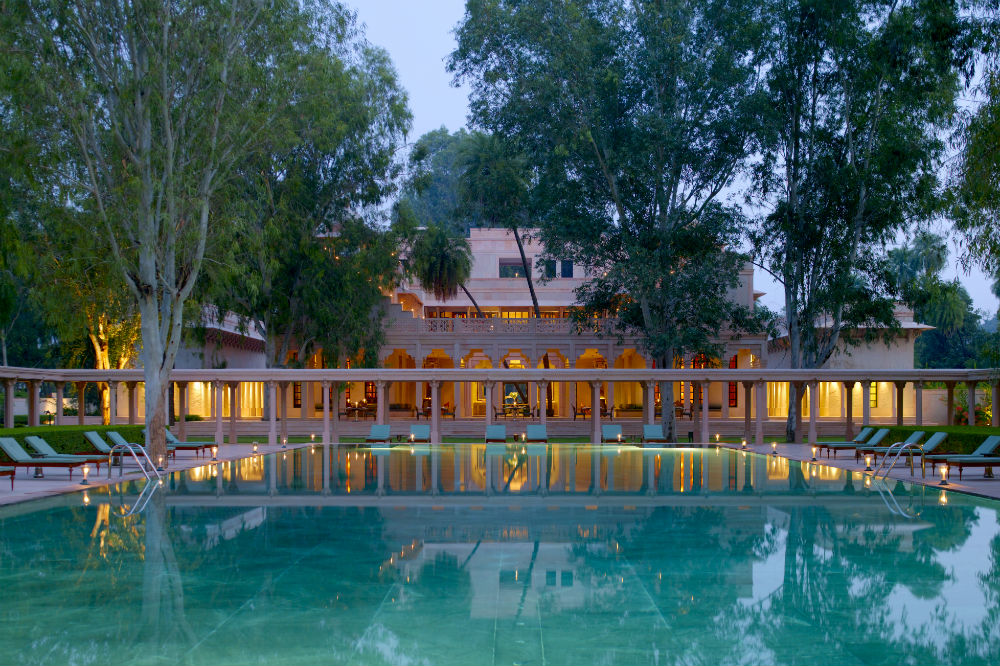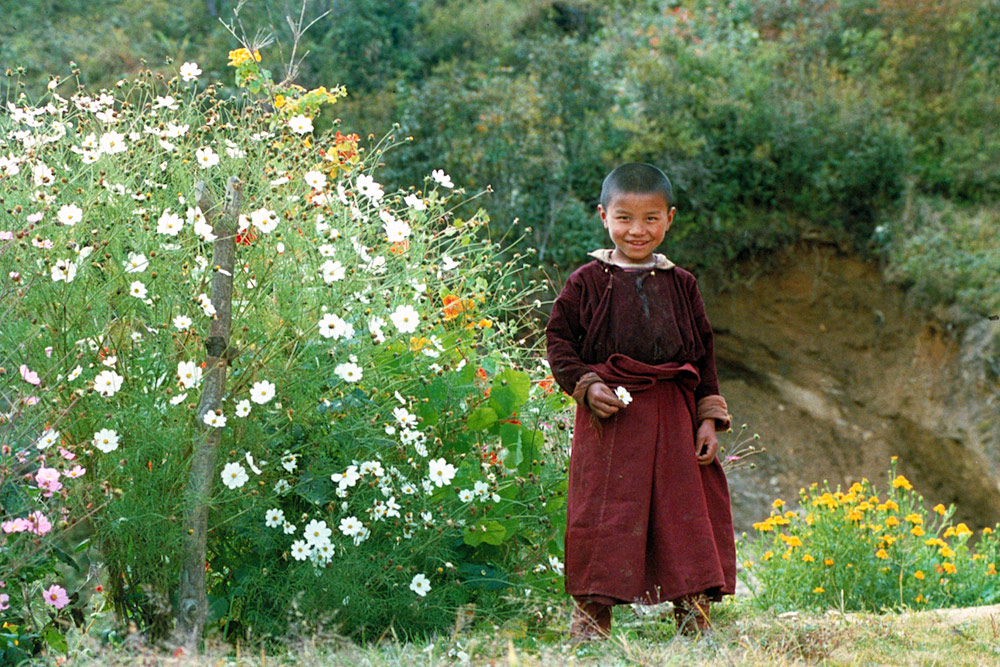Forget the stress of planning flights, deciding what to pack, and figuring out how to get around…one of the aspects of travel that causes people the most anxiety is tipping. When should you do it? When shouldn’t you? Who expects it? Who doesn’t? And always, how much?
We went straight to our Trusted Travel Experts—handpicked by Wendy as some of the top travel specialists around—to find out the customary tipping rules all over Europe. From Amsterdam to Russia (with stops in France, Italy, Greece and more), we’ve listed the do’s and don’ts of tipping throughout Europe.
Amsterdam
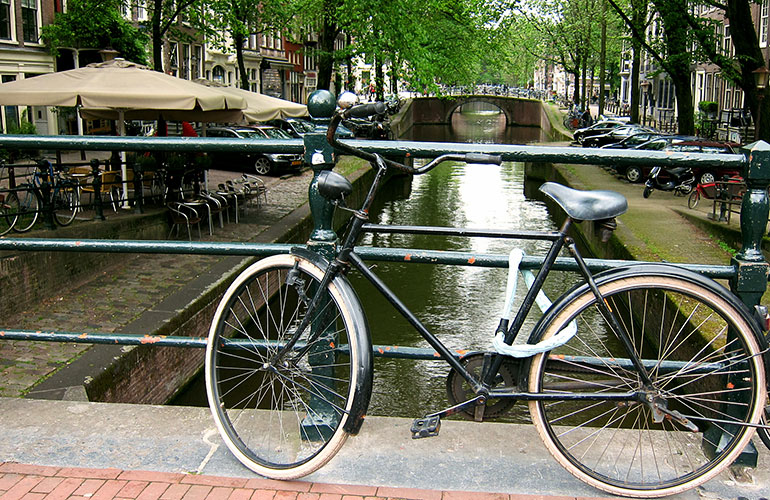
If you have enough time to leave the airport, explore Amsterdam’s canals. Photo: Context Travel
The Dutch are not big tippers, and a service charge is normally included, but good service should be rewarded: A small sum for a drink or 10 to 15 percent of the price of a meal. Rather than leaving the tip at your table as you depart, hand the money to your server. Just tell him or her how much you would like to pay in total when they collect the bill.
Learn more in our Insider’s Guide to Amsterdam and use Wendy’s trip request form to be marked as a VIP and get the best possible trip.
Austria
Many restaurants now have a tip line on the invoice. The waitstaff at several restaurants have told me that they actually do get the tips when paid via credit card. Generally, 10 percent is fine.
Learn more in our Insider’s Guide to Austria including Vienna and the Danube, and use Wendy’s trip request form to be marked as a VIP and get the best possible trip.
Czech Republic
Make sure to tip in cash; any currency works. I generally give about 10 percent at restaurants.
Learn more in our Insider’s Guide to the Czech Republic, and use Wendy’s trip request form to be marked as a VIP and get the best possible trip.
Croatia
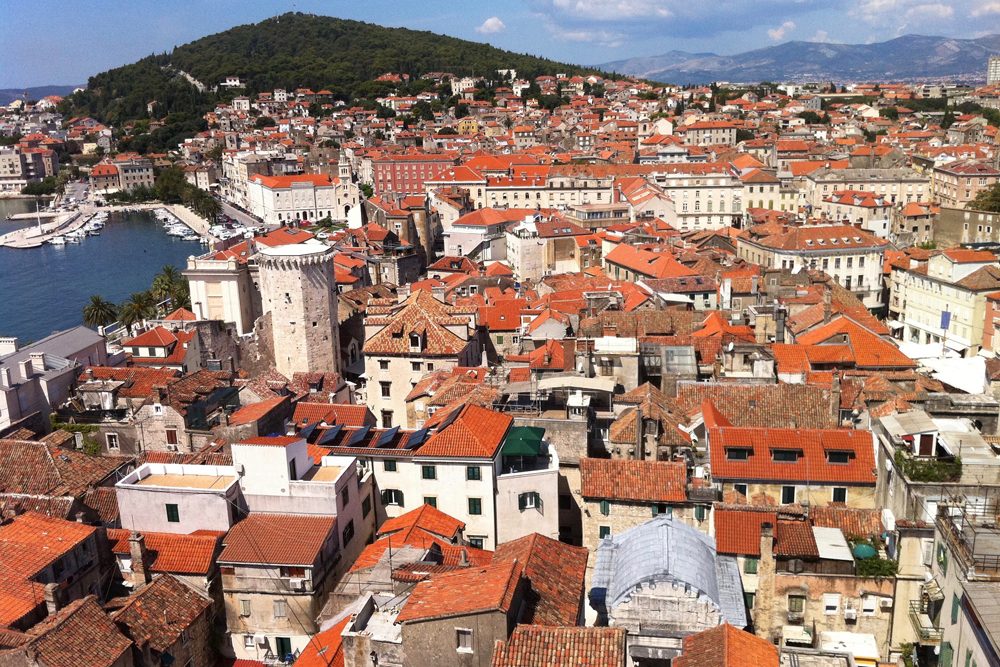
Split, Croatia. Photo: Wendy Perrin
Croatians are traditionally not a “tipping nation,“ but this attitude is gradually changing and people like waiters, bartenders, and taxi drivers are happy to get tips. 10 percent of the total bill should be perfectly fine. Tipping does not need to be in the local currency; US dollars and euro are widely accepted and appreciated. If you wish to tip, make sure you do so in cash, even when paying by credit card. Otherwise the tip will end up in the pocket of the business owner, and not the person who provided the service.
Ask Wendy to find the right Trusted Travel Expert to plan your best possible trip.
England
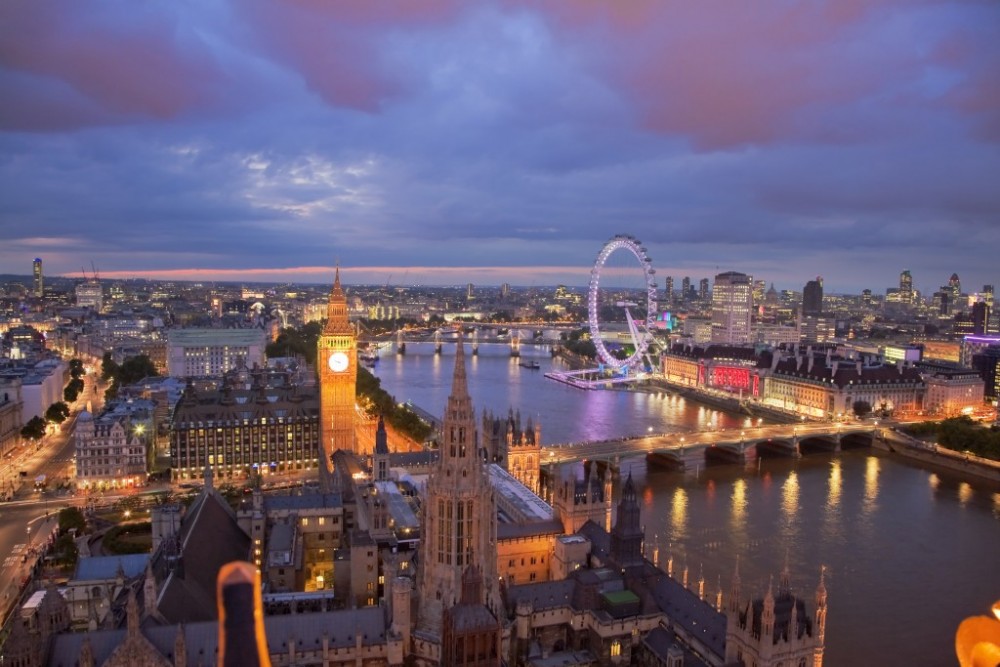
London, England. Photo: Pawel Libera/London and Partners – Visit London
In London the usual tip is 10 percent, but check the bill in restaurants, as some are inclined to include a service charge and you are not obliged to essentially tip twice.
Learn more in our Insider’s Guide to London, and use Wendy’s trip request form to be marked as a VIP and get the best possible trip.
France

Sénanque Abbey in Provence
In French restaurants the tip is always included (usually 15 percent). However, as waiters will (rather craftily) say, “The service is included but not the tip,” and many establishments do use the official tip as extra profit. So waiters do still need tips, and in France the amount is generally determined by intuition, rather than as a fixed percentage of the bill. Leaving 10 euros will be a gesture of satisfaction, 20 euros (and up) a gesture of generosity and complete satisfaction. In particularly fine, expensive restaurants, double those figures. Note: If you put the tip on your credit card, the waiter probably won’t receive it.
Ask Wendy to find the right Trusted Travel Expert to plan your best possible trip.
Greece
Tipping in Greece is sometimes expected, but it’s never required. It’s seen as a gesture of thanks for prompt and attentive service, and you are the judge of whether it’s warranted, but there are a few guidelines to keep in mind. When you take a taxi, it is usually enough to round up to the next euro. At upscale restaurants, a tip of 10 to 15 percent is standard. At tavernas, it’s customary to leave 2 euros on the table; at a café, from 50 cents to 2 euros. In hotels, luggage handlers usually get 5 euros, and on island hotels, guests typically leave 10 euros per day for maids, servers, and other hotel staff at the end of their stay. Alternatively, for a stay of three or four days, guests might leave 50 euros for all hotel staff to share, while tipping porters separately.
Learn more in our Insider’s Guides to Athens, Mykonos, and Santorini, and Ask Wendy to be marked as a VIP and get the best possible trip.
Hungary
Make sure to tip in cash here (any currency works). About 10 percent for restaurants is just fine.
Learn more in our Insider’s Guide to the Czech Republic, and use Wendy’s trip request form to be marked as a VIP and get the best possible trip.
Ireland
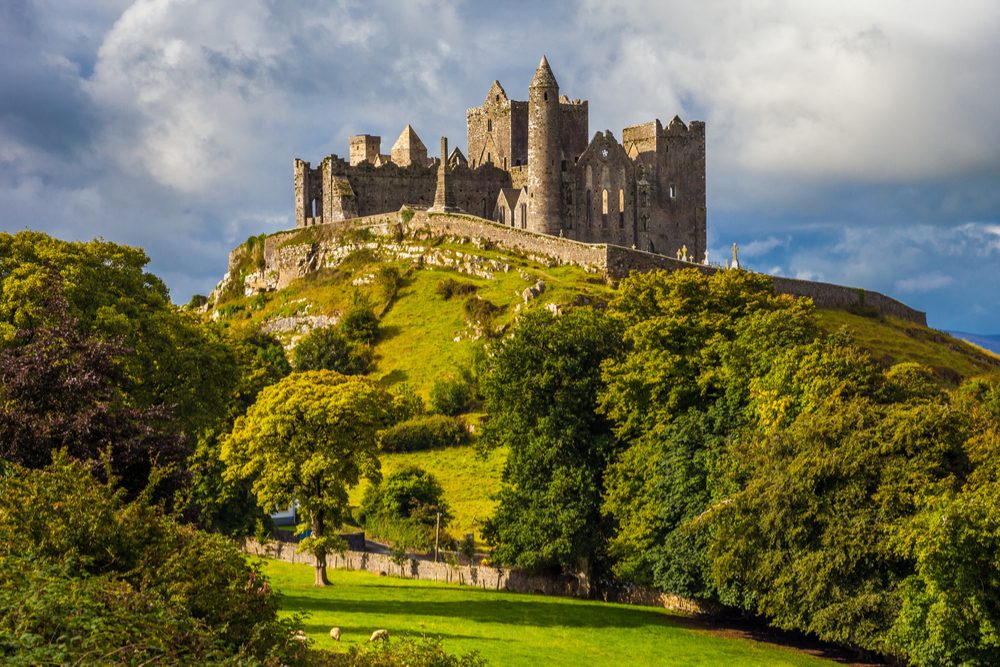
Rock of Cashel, Ireland. Photo: Shutterstock
Tips are appreciated in Ireland, but the rules are slightly different. It’s not necessary to tip when bags are brought to your room, for instance, and in restaurants we suggest 10 percent. For bartenders, we suggest leaving a bit by rounding up the tab. For transfers and guide services, ten to fifteen percent is acceptable. You can also leave a euro or two for housekeeping.
Learn more in our Insider’s Guide to Killarney and County Kerry, Ireland and use Wendy’s trip request form to be marked as a VIP and get the best possible trip.
Italy (Amalfi Coast and Lakes Region)
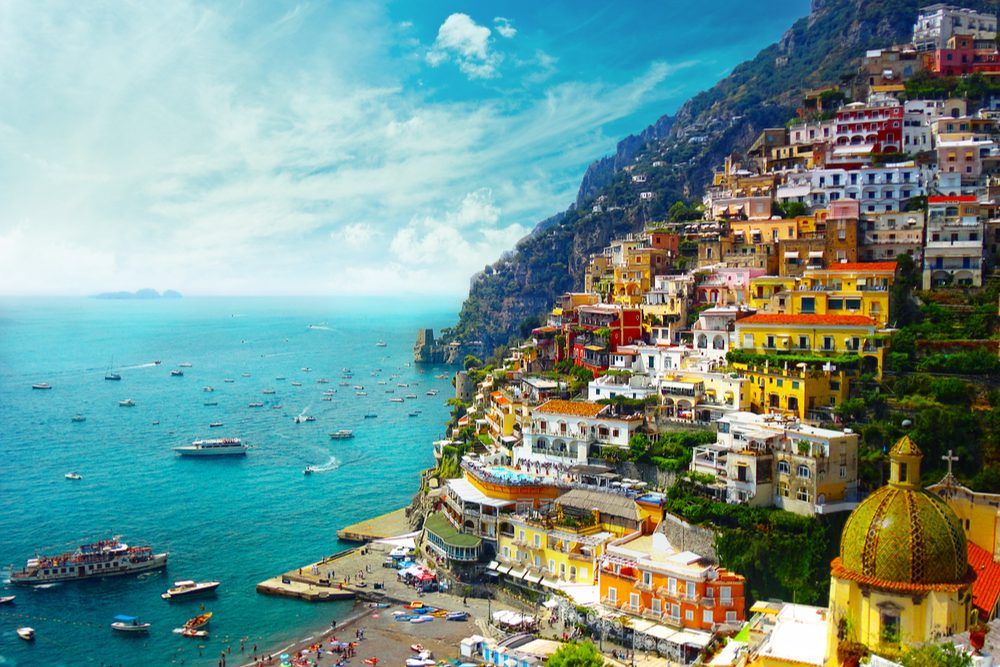
Positano on the Amalfi Coast, Italy. Photo: Shutterstock
Tipping is appreciated but not at all expected. In restaurants and for taxi rides 10 percent is sufficient. If the person serving you is also the owner of the business, they would never expect a tip.
Learn more in our Insider’s Guides to the Amalfi Coast and the Lakes Region, and use Wendy’s trip request form to be marked as a VIP and get the best possible trip.
Italy
Italians don’t tip in restaurants. Yes, we know you’ve read that there is a standard 10 percent. Or that the bill is rounded up. Or that you are expected to leave a little something. This is bunk. Italians don’t tip in restaurants. (Italian staff are paid a living wage and/or are members of the owner’s family.) You can tip, if you really want to. Or if you feel the service was extraordinary. Or if you simply don’t trust us. Go ahead. But Italians don’t.
Learn more in our Insider Guides to Florence, Venice, Tuscany, and Umbria, and use Wendy’s trip request form to be marked as a VIP and get the best possible trip.
Norway
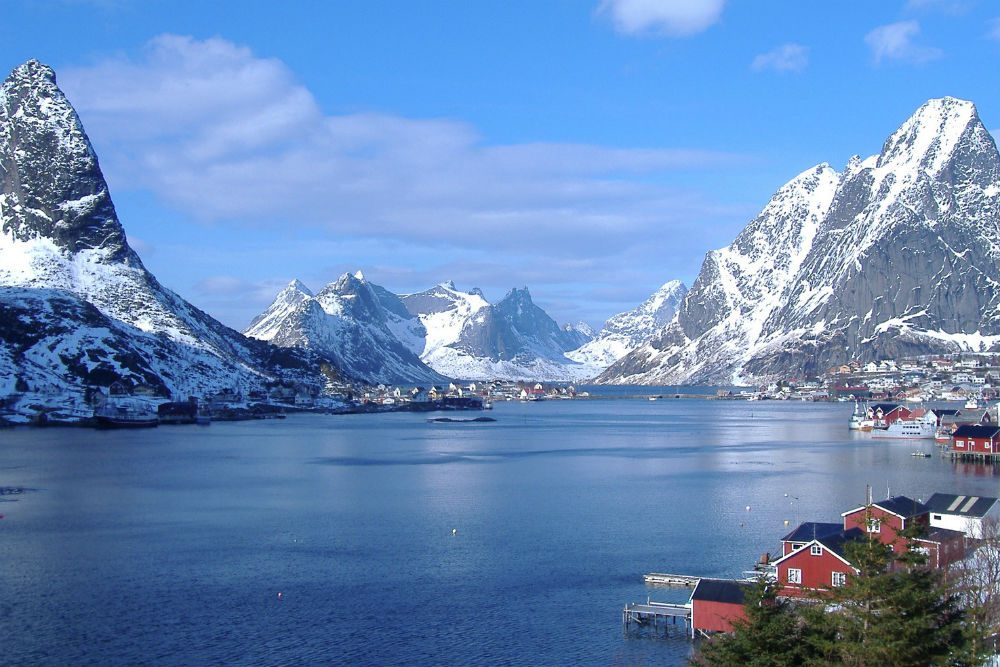
The Reinefjord in Lofoten. Photo: Andrea Giubelli – Visitnorway.com
Tipping is not mandatory or common in Norway, but if you give your private guide or driver the equivalent of $100 after a full day, he will be very happy! But nobody gets grumpy if you do not tip.
Learn more in our Insider’s Guide to Norway, and use Wendy’s trip request form to be marked as a VIP and get the best possible trip.
Russia

Red Square at night, Moscow. Photo: Dan Weisberg Photography
Moscow and St. Petersburg are not tipping cities, so tip no more than 10 percent at restaurants and always in cash. If you leave the tip on your credit card slip, your server is unlikely to get it.
Learn more in our Insider’s Guides to Moscow and St. Petersburg, and use Wendy’s trip request form to be marked as a VIP and get the best possible trip.
Scotland

Isle of Skye, Scotland. Photo: Shutterstock
You don’t need to tip doormen or bellmen, but you should tip drivers, guides, and caddies 10 to 15 percent. It’s not a rule, but I always leave change for barmen and housekeeping. At restaurants, tip 10 percent.
Learn more in our Insider’s Guide to Scotland, and use Wendy’s trip request form to be marked as a VIP and get the best possible trip.
Turkey
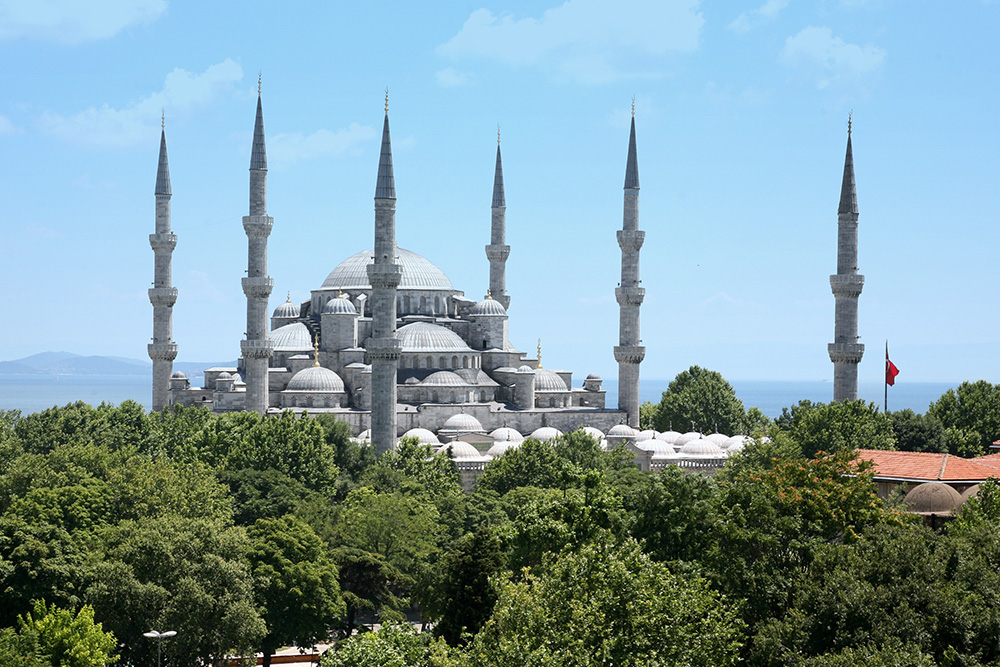
Blue Mosque, Istanbul, Turkey
A 10 percent tip is customary in restaurants, and it should be offered in cash only, as servers prefer not to add it to the check. Also: locals do not tip taxi drivers.
Learn more in our Insider’s Guides to Istanbul and Cappadocia, and use Wendy’s trip request form to be marked as a VIP and get the best possible trip.
Do you have your own tipping experiences to add? Share your advice in the comments.


